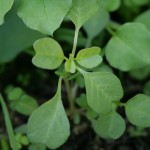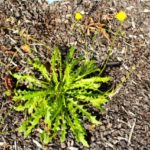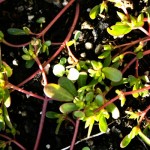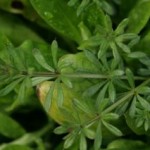Have you tried adding edible flowers to your dishes since my last article? This month I’ll introduce a few more edible flowers.
It’s exciting to learn that flowers we love to grow in our gardens turn out to be delicacies in our food and drinks as well as visually pleasing. And it turns out our ancestors often chose flowers for their aroma and flavour over their beauty.
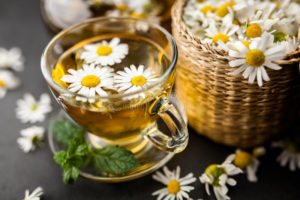
Chamomile flower tea
Chamomile is a miniature daisy-like flower with a yellow centre and a mild apple flavour. It is used to make herbal infusions for promoting relaxation and sleep. Pick the flowers when fully mature and the yellow centre sticks up and the white petals are pointing downwards. Chamomile likes well drained soils with lots of sun.
Cornflowers are bright blue with a clove like flavour and frilly texture. Their striking appearance and mild flavour add colour and taste to salads. They are also used in herbal teas to improve digestion, detoxify the liver, and for their antibiotic
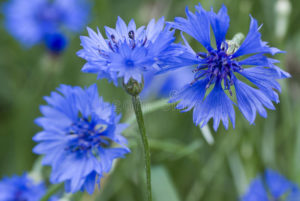
Cornflowers
and antioxidant properties for warding off colds. The plant prefers full sun and does not tolerate shade.
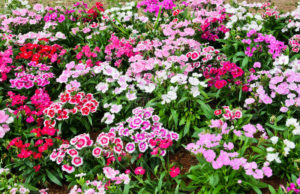
Dianthus
Dianthus or pinks have pink, white and red coloured flowers with a spicy, clove-like flavour.
Daylilies are commonly used in public gardens as they flower over a long period. Flowers only last a day but they
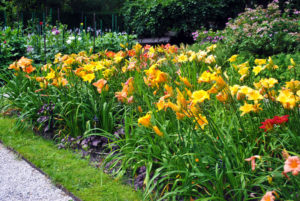
Colourful daylilies
come in many colours with a distinctive slightly asparagus or summer squash taste.
Elderflowers The best time to pick elderflowers is on a dry, warm spring day when the blooms are newly open. Give them a gentle shake to dislodge any insects and rinse briefly in cold water before using. You can take the flower by the stalk and dip it in a tempura batter
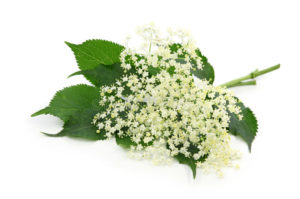
Elderflowers
for a delicious fritter. The subtle floral notes of elderflower cordial make a refreshing alternative to alcohol and it is easy to make. Infuse flowers with lemons, sugar, water and tartic or citric acid. The flowers can also be used to flavour kombucha.
Geraniums The leaves and flowers of scented geraniums are edible. The leaves contain essential oils giving aroma to meat
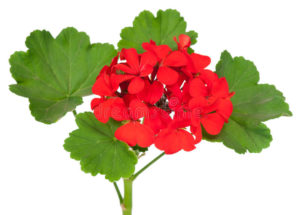
Geranium
dishes, salads, desserts and even cakes. You can line a cake tin with peppermint geranium leaves to flavour a chocolate cake. Varieties with a lemon aroma add zest to salads, sorbets or tea. Other varieties are nutmeg, rose, orange and chocolate scented geraniums.
Nasturtium flowers instil a bright statement on any salad ranging in colour from yellow, orange and red shades. They also bring a hot, peppery bite to the dish. All parts of the nasturtium plant are high in sulphur which plays an
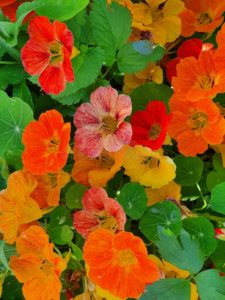
Nasturtium
important role in protein absorption, blood purifying, cell building and in healthy hair and skin. The younger leaves are the nicest to eat and can be used as a food wrap or on an open sandwich. The seeds can be pickled like capers.
Tulips who knew tulip flowers were edible? They come in a wide range of colours except blue and have a mild sweet flavour (I have yet to try one). The bulbs are also edible and my Dad recently told me that tulip bulbs were eaten by the Dutch people during the 2nd world war.
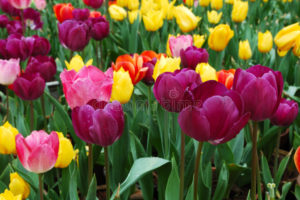
Tulips
I hope this gives you fresh ideas of flowers to use.
